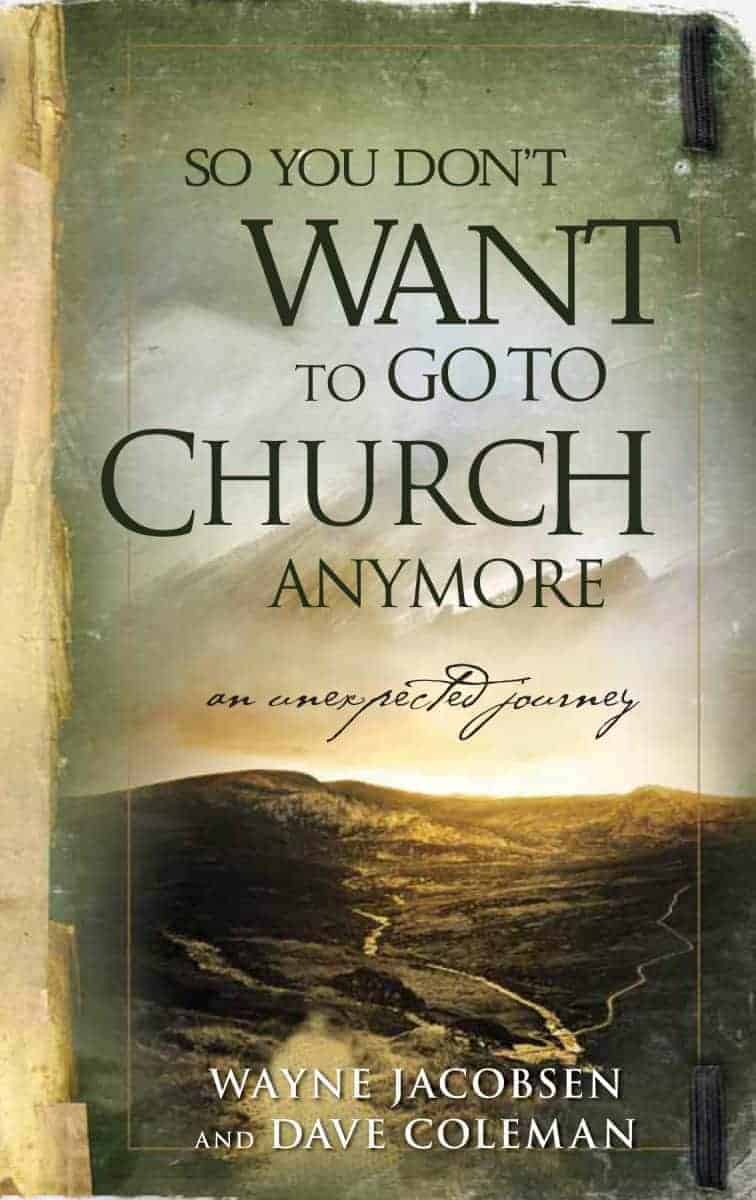Let It Shine!
Most Canadians will get an extra hour of sleep when they set their clocks back one hour this weekend to revert to standard time, but it will be the last time the annual fall ritual is performed before Halloween.
A drive to conserve energy in the United States has led to changes in Canada as well that add a full four weeks to the daylight time period starting in 2007.
Springing an hour ahead will come three weeks earlier next year, on the second Sunday of March, and the fall back will be a week later on the first Sunday of November.
Having extra sunlight for an extra month may provide marginal energy savings, but the change is by no means a solution to the country's energy conservation needs, said Chris Winter with the Conservation Council of Ontario.
"There are certainly other things we need to do," Winter said Friday from his office in Toronto. "I wouldn't really want us to be focusing a lot of time and energy on is daylight saving going to save the world?
"It's a small piece to the puzzle."
The switch to standard from daylight time happens in the wee hours of Sunday morning except for anyone living in Saskatchewan, Southampton Island in Nunavut, several communities in northwestern Ontario and a few pockets of British Columbia where standard time is used year-round.
Daylight time was adopted by several countries during the First World War to save fuel.
Benjamin Franklin is credited with first suggesting the idea of daylight time in a 1784 essay. Some believe Franklin was joking, but more than a century later a British builder named William Willet made a serious push for the change in a 1907 pamphlet entitled "Waste of Daylight."
In the modern era, the United States decided to lengthen the daylight time period when it passed an energy bill in 2005. The idea is that shifting an hour of daylight from the morning to the evening reduces home power consumption by better matching waking time with daylight hours.
A study done in the U.S. during the 1970s suggested it would result in savings amounting to about one per cent of electricity consumption.
But the change south of the border left Canadian provinces out of step. They had to decide whether to follow suit or risk falling out of sync with U.S. time zones for airlines, manufacturers, the financial sector and television programming.
So far, all Canadian jurisdictions that participate in daylight time have decided to go with the new schedule with the exception of Newfoundland and Labrador and Nunavut, who have yet to state their intentions.
A spokesman for the Newfoundland government said the province is likely to get on board, but nothing has been finalized.
The Canadian Press, 2006
A drive to conserve energy in the United States has led to changes in Canada as well that add a full four weeks to the daylight time period starting in 2007.
Springing an hour ahead will come three weeks earlier next year, on the second Sunday of March, and the fall back will be a week later on the first Sunday of November.
Having extra sunlight for an extra month may provide marginal energy savings, but the change is by no means a solution to the country's energy conservation needs, said Chris Winter with the Conservation Council of Ontario.
"There are certainly other things we need to do," Winter said Friday from his office in Toronto. "I wouldn't really want us to be focusing a lot of time and energy on is daylight saving going to save the world?
"It's a small piece to the puzzle."
The switch to standard from daylight time happens in the wee hours of Sunday morning except for anyone living in Saskatchewan, Southampton Island in Nunavut, several communities in northwestern Ontario and a few pockets of British Columbia where standard time is used year-round.
Daylight time was adopted by several countries during the First World War to save fuel.
Benjamin Franklin is credited with first suggesting the idea of daylight time in a 1784 essay. Some believe Franklin was joking, but more than a century later a British builder named William Willet made a serious push for the change in a 1907 pamphlet entitled "Waste of Daylight."
In the modern era, the United States decided to lengthen the daylight time period when it passed an energy bill in 2005. The idea is that shifting an hour of daylight from the morning to the evening reduces home power consumption by better matching waking time with daylight hours.
A study done in the U.S. during the 1970s suggested it would result in savings amounting to about one per cent of electricity consumption.
But the change south of the border left Canadian provinces out of step. They had to decide whether to follow suit or risk falling out of sync with U.S. time zones for airlines, manufacturers, the financial sector and television programming.
So far, all Canadian jurisdictions that participate in daylight time have decided to go with the new schedule with the exception of Newfoundland and Labrador and Nunavut, who have yet to state their intentions.
A spokesman for the Newfoundland government said the province is likely to get on board, but nothing has been finalized.
The Canadian Press, 2006




4:52 AMHere in Oz we just lost an hour sleep last night. And there is also talk here about making daylight saving longer for the same reasons, as well as trying to get the states to be in sync with time zones.
9:08 AM
Well, it just made me work an hour longer :-(
» Post a Comment